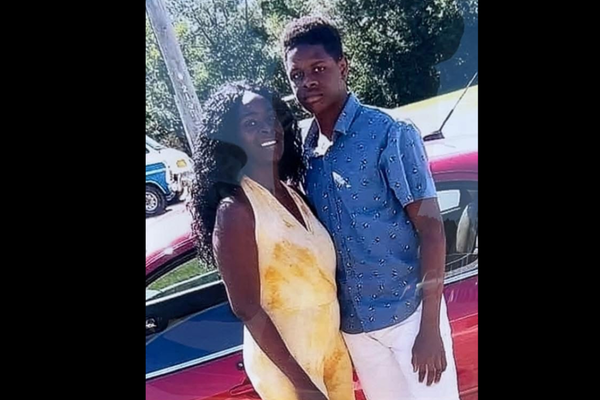
Billy Connolly has faced more than his share of challenges in life, from being abandoned by his mother and abused as a child to being diagnosed with prostate cancer and Parkinson’s disease in 2013. But humour, he says, has helped him through his darkest moments.
In advance of the publication of a new book of his drawings, the Scottish comedian told the Observer he dealt with his most despairing thoughts by trying to enjoy them. “Well, just don’t try and analyse them,” he said. “You’re wasting your time. Just watch them as they roll by and you’ll be fine.”
The best way to stay cheerful, he said, was to sleep: “A brilliant idea.”
“I’ve got Parkinson’s disease, and I wish he’d fucking kept it to himself,” he writes in the forthcoming book, The Accidental Artist. “As a matter of fact, I got diagnosed with Parkinson’s disease and prostate cancer the same week … The Parkinson’s just rumbles along, doing its thing. It bothered me for a while but when I think about it, I suppose I’m lucky I didn’t get something worse.”
The book, published by John Murray next month, is a collection of Connolly’s whimsical, anarchic drawings of humans and animals in comedic fantasy, alongside texts ranging from favourite anecdotes to passages in which he confronts thoughts of despair and death, but always with humour.
“Maybe what doesn’t kill you fucks you up for life – but at least I’m still here,” he said.
Never morose, he continued: “I haven’t made up my mind about my burial place, but I’m thinking that instead of a headstone, a table on an island in Loch Lomond for fishermen to picnic on would be nice.”
He added: “I have always been fascinated by death. I used to go and look at funerals that went by. There’s no advice for that kind of thing. You just have to go in with it.”
In the book, he writes: “We skirt around the subject of death, but it’s a $21bn-a-year industry in the US. I visited a pet cemetery where a burial for a guinea pig cost $550 for the plot, $350 for the coffin and $1k for the marble headstone. Then I went to a funeral directors’ convention in Texas, where they were promoting embalming fluid party packs, shampoo for dry, lifeless hair, blankets with lifesize pictures of the deceased.”
He recalls visiting a “green” graveyard, a nine-acre plot in Texas: “It was a very simple concept – you could be buried in a very organic way. Someone would dig a hole, drop you in it, and invite your friends to say ‘Cheerio’. If you want, you can get buried with your pet … although he might not like it if he’s not dead … It seemed a refreshing change from the denial of death in our culture, where you put makeup on people to look like they are alive and simply sleeping.”
In the book, his wife, Pamela Stephenson, an actress turned psychotherapist, writes movingly about despair in his art and how it relates to his comedy: “On the one hand, he is a jolly, affable giggler, while on the other he revels in upsetting the established order of things. The latter has been obvious in his comedy for at least 50 years: his rebellious standup famously comprises fury at the status quo, razor-sharp topical commentary, irreverence for religion and sacred cows, annihilation of politicians, ample supplies of projectile swearing … In his intriguing drawings, he again releases his oppositional self.”
She singled out his “truly brilliant drawing Purgatory, [which] seems to depict two human figures, each with a different approach to an impossible challenge – one staunchly facing it with no hope of survival, the other passively accepting his fate. For me, the inherent hopelessness within that drawing was horrifying to see; it made me cry. Fortunately, there is plenty of optimism, wonder and amusement in Billy’s art.”
Connolly says of the drawings: “They are funny in a different way from how I’m normally funny. They are odd.”
The inspiration to start drawing came to him on a rainy winter’s day in Canada in 2007, when he had ducked into an art supply shop to dodge the weather. “For some unknown reason, [I] bought myself some felt-tip pens and a sketchbook, then went straight back to my room and started to draw.”
Spike Milligan’s famous epitaph was: “I told you I was ill.” Connolly said his will be: “Jesus Christ, is that the time already?”







